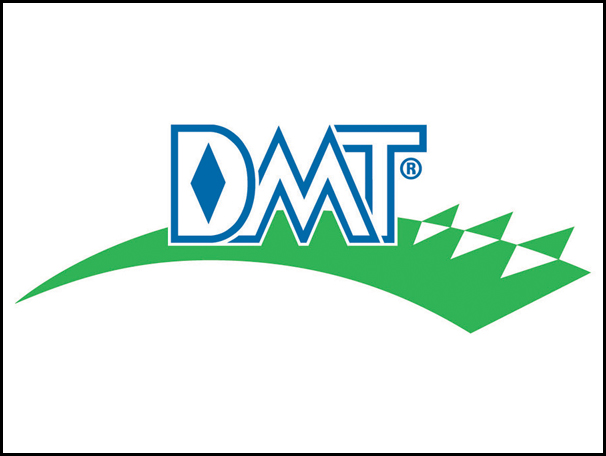
There are a lot of references to the concept “scary sharp” out on the multiple message boards and forums I frequent. It didn’t take long to figure out that these woodworkers were referring to hand tools that had been sharpened to such a fine edge that they were scary. The method for getting to scary sharp is well documented in books and on the web, where the experts recommend using various grades of sandpaper glued to plate glass. This site has solid info on sharpening techniques and angles and was quite a help recently when I was testing out the new DuoSharp System from DMT (Diamond Machining Technology Inc.).
I’ve used my fair share of hand tools, but I’ve got to confess, “scary sharp” isn’t generally one of my problems. Perhaps that’s why editor Rob Johnstone selected me to test out the DuoSharp system. Of cours, I take some solace in knowing that my sharpening status is quite common, especially among novice woodworkers.
Not too long ago, in an effort to teach myself something about using a hand plane, I decided to plane my small back yard deck. That’s right, I planed my whole deck. And boy, are my arms tired (rim shot). Even with a soft wood like cedar, the blades on my plane got pretty dull after the first couple of hours. So I pulled them out to sharpen them. First, I ground the bad nicks out on a wheel. Then I started in on the DuoSharp system.
Let’s talk about the easy stuff first. The DuoSharp is essentially a high-tech diamond sharpening stone that straps onto a plastic rack. The rack itself is easy to use and includes a great handle underneath so you can pick it up and hang onto it if you want to get both arms involved in the action. Better yet, the system includes a simple, very sticky rubber mat that you can put under the rack if you want to sharpen your tools on a flat surface. Once you put the rack on the mat, it’s there to stay.
This system answers two common complaints about most sharpening stones. The first is that sharpening stones lose their shape over time. DMT’s sharpening plates don’t appear to be the kind of surface you’re likely to grind down, even after years of use. The second complaint is using oil on sharpening stones and the subsequent need to clean them. This system doesn’t use oil for lubrication ? just a few drops of water – and it cleans up easily.
The two-sided stones for the DuoSharp are some kind of diamond, nickel combination and come in four grits: very coarse, coarse, fine and very fine. I started at the very coarse end of the spectrum with my plane blades and worked my way down. The sparse directions on the box said that a minute on this system would do the job of 20 minutes on a power grinder, and I can’t argue with that.
With my blades seemingly sharp, I went looking for something a little more challenging than the soft cedar on my deck. First off, I tried some glued-up pine that had both stain and varnish on it. With the blades dull, I couldn’t seem to get my plane to really bite on this already smooth surface. The newly sharpened blades made short work of it. Then I decided to try them on some oak. I have a badly water-damaged oak window ledge that I just wanted to scrape down to a solid surface. Yes, the blades were sharp enough for that job, too.
Finally, I wanted to try it on some exotic wood, so I went at a small piece of bloodwood that I’m using to make my wife a jewelry box for Christmas (don’t worry, she never reads this eZine). Now this was cool. It carved it away in such beautiful shavings, I hated to throw them away. It should also be mentioned that I was using an inexpensive Sears hand plane throughout this process.
This system, along with some important advice from the website above, really helped me appreciate the value of sharp tools. The experts around here say that a scary sharp tool is generally a much safer tool . The term should be “scary dull”. More accidents, they claim, are caused by pushing too hard on a dull blade. I don’t know about that, but I do know that it took me two hours to plane the first half of my deck with a slightly dull blade and about 20 minutes to wrap up the second half.
– Bob Filipczak





